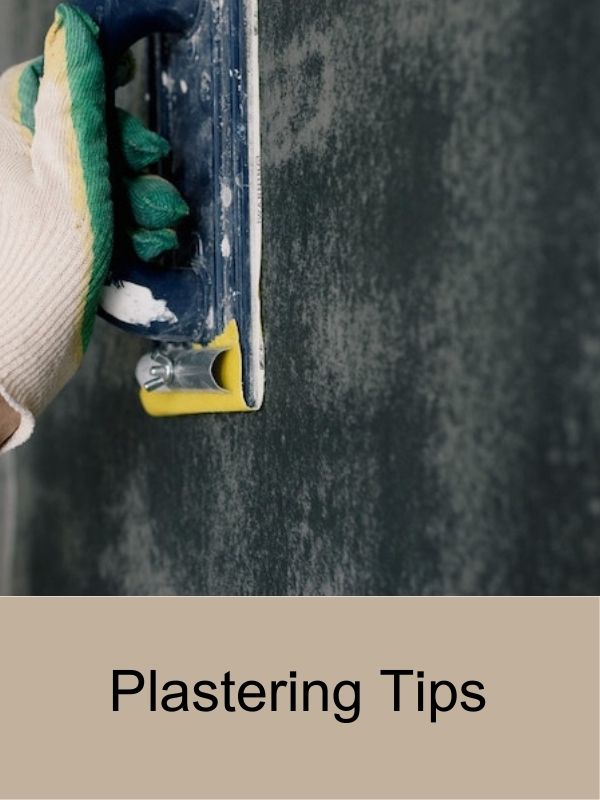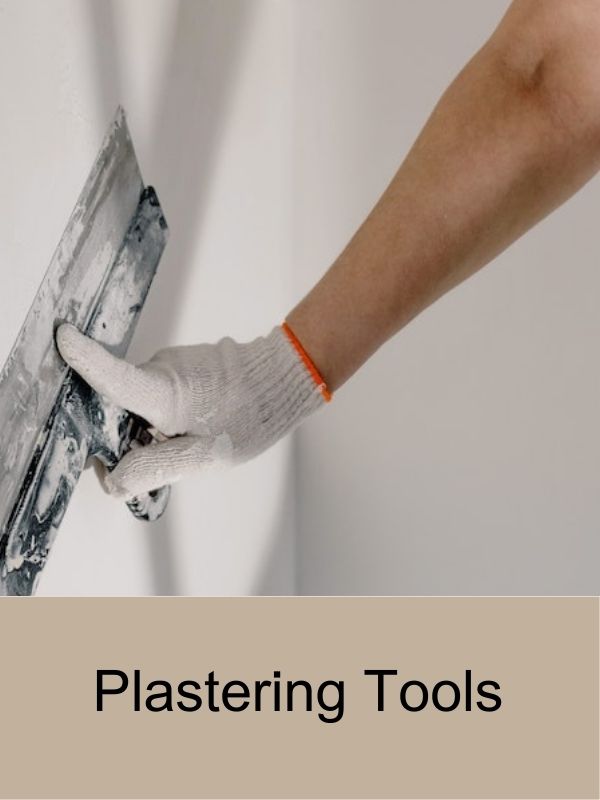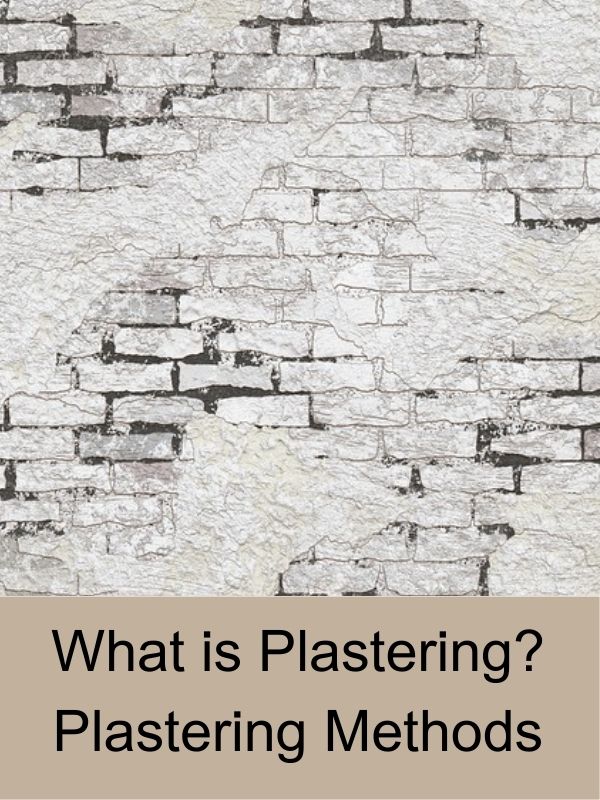Plastering is a vital aspect of construction and interior design that involves applying a layer of plaster to walls, ceilings, and other surfaces. It not only enhances the aesthetics of a space but also provides protection and durability to the underlying structure. In this article, we will explore different types of plastering techniques and their applications, ensuring you have a comprehensive understanding of this essential construction process.
Plastering has been used for centuries to create smooth, durable, and visually appealing surfaces. Over time, various techniques and materials have been developed to cater to different requirements and preferences. Let’s dive into the different types of plastering methods and discover their unique characteristics.
Traditional Lime Plastering
Traditional lime plastering is a time-honored technique that utilizes lime putty, sand, and water to create a breathable and flexible plaster. This type of plastering is ideal for historical restoration projects or buildings where breathability is essential.
Gypsum Plastering
Gypsum plastering involves the use of gypsum powder mixed with water to create a smooth and easily workable plaster. It sets quickly and is commonly used for interior walls and ceilings, providing a seamless and flawless finish.
Cement Plastering
Cement plastering, also known as sand-cement plastering, is a popular technique that utilizes a mixture of cement, sand, and water. It is widely used for both interior and exterior surfaces due to its strength, durability, and resistance to moisture.
Polymer plastering
This type of plastering is made by adding polymer additives to a cement or gypsum mixture. Polymer plastering is preferred for areas where high levels of impact resistance and flexibility are required, such as sports arenas and hospitals.
Acoustic plastering:
This type of plastering is made by adding acoustic insulation materials to a gypsum mixture. Acoustic plastering is preferred for areas where sound insulation is needed, such as music studios and theaters.
Clay Plastering
Clay plastering, also referred to as earthen plastering, is an eco-friendly and sustainable option. It involves the use of clay, sand, straw, and water to create a natural and breathable plaster. Clay plastering provides excellent thermal insulation and regulates humidity levels.
Acrylic Plastering
Acrylic plastering utilizes acrylic polymers mixed with aggregates to create a strong and weather-resistant finish. This type of plastering is commonly used for exterior surfaces, as it offers excellent protection against harsh weather conditions.
Venetian Plastering
Venetian plastering, originating from Italy, is a technique that involves applying multiple layers of plaster to create a glossy and marble-like finish. It adds a touch of elegance and sophistication to interior spaces, making them visually stunning.
Stucco Plastering
Stucco plastering is a technique that combines cement, sand, lime, and water to create a textured and decorative finish. It is often used for exterior walls and facades, providing both aesthetic appeal and weather resistance.
Exterior Plastering Techniques
In this section, we will explore different plastering techniques specifically designed for exterior surfaces. These techniques include roughcast plastering, pebble dash plastering, and external insulation and finishing systems (EIFS). Each technique offers unique benefits in terms of durability, weather resistance, and aesthetics.
Interior Plastering Techniques
For interior spaces, there are specific plastering techniques that cater to different design preferences. Some popular interior plastering techniques include skim coating, troweled finishes, and decorative plastering. These techniques allow for creativity in texture, patterns, and colors, enhancing the visual appeal of the interiors.
Plastering Tools and Materials
To achieve a successful plastering project, it is essential to have the right tools and materials. This section will discuss the various tools, such as trowels, floats, and mixers, required for plastering. Additionally, we will explore the different types of plastering materials, including plaster mixes, additives, and bonding agents.
Common Issues and Troubleshooting
Plastering may come with its own set of challenges. This section will address common issues encountered during plastering, such as cracking, blistering, and uneven surfaces. It will provide insights into troubleshooting techniques and preventive measures to ensure a smooth and flawless plastering job.
Benefits of Professional Plastering
While DIY plastering may seem tempting, hiring a professional plasterer offers numerous advantages. This section will outline the benefits of engaging professionals, including their expertise, efficiency, and ability to achieve a high-quality finish. It will also emphasize the importance of proper surface preparation and the use of suitable techniques.
Maintenance and Care
Proper maintenance and care are crucial for the longevity of plastered surfaces. This section will provide guidelines on how to clean, repair, and maintain plastered walls and ceilings. It will also address common maintenance issues and offer tips to ensure the longevity and aesthetics of plastered surfaces.
Conclusion
In conclusion, plastering plays a vital role in enhancing the aesthetics and durability of surfaces. By utilizing different types of plastering techniques, such as traditional lime plastering, gypsum plastering, cement plastering, clay plastering, acrylic plastering, Venetian plastering, and stucco plastering, one can achieve a desired finish for both interior and exterior spaces. Professional plastering, supported by appropriate tools, materials, and maintenance, ensures a visually appealing and long-lasting result.
FAQ
Can I plaster over existing wallpaper?
Plastering over existing wallpaper is not recommended, as it may compromise the adhesion and longevity of the plaster. It is best to remove the wallpaper before applying plaster.
How long does plaster take to dry?
The drying time of plaster varies depending on factors such as temperature, humidity, and thickness. On average, it takes about 1 to 3 days for plaster to dry completely.
Can I paint directly over plaster?
Yes, once the plaster is fully dry, you can paint over it. However, it is advisable to apply a primer before painting to ensure better adhesion and a smoother finish.
Can I plaster outdoor surfaces myself?
While DIY plastering is possible, it is recommended to hire a professional for outdoor surfaces. Exterior plastering requires specialized techniques and materials to withstand weather conditions effectively.


















